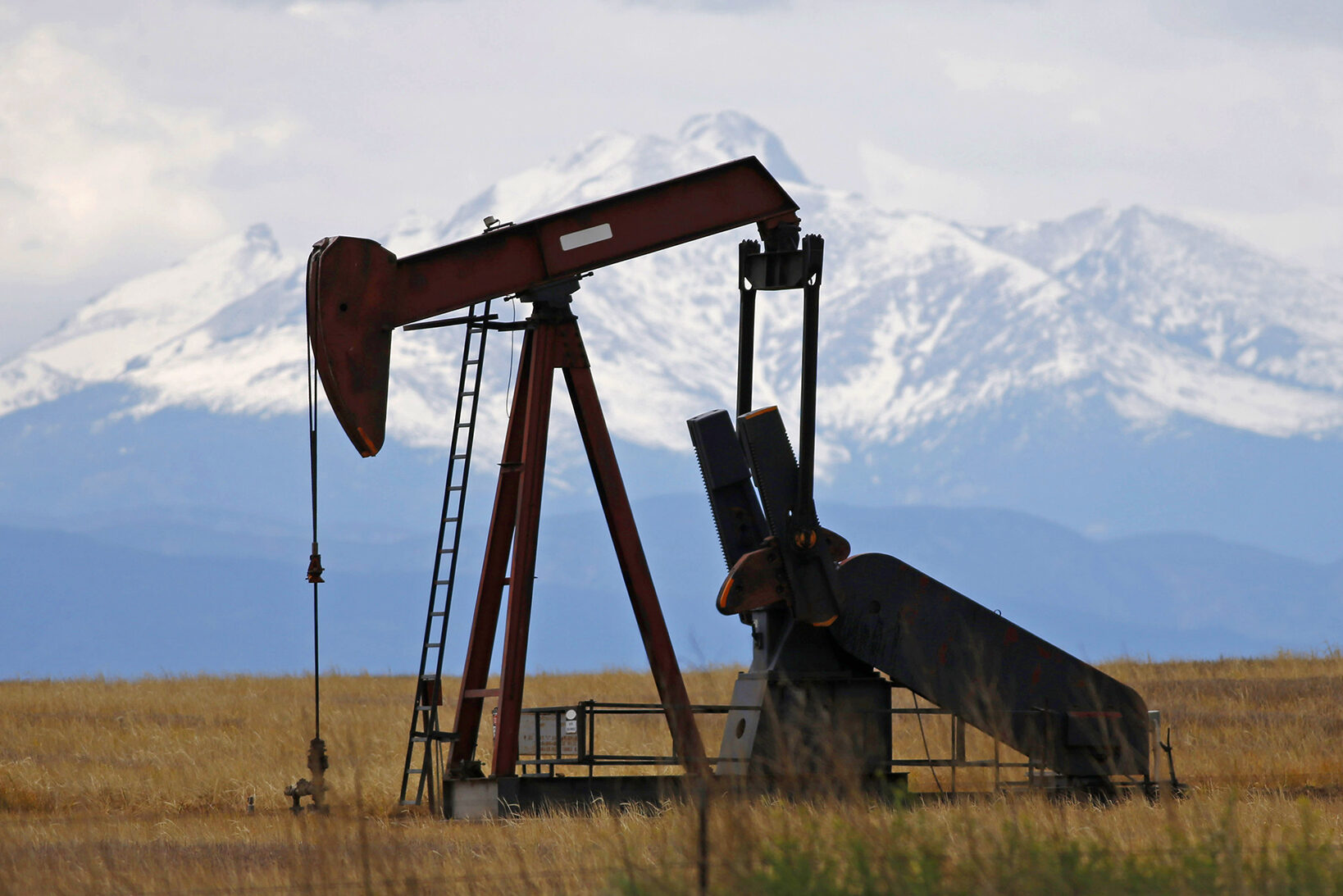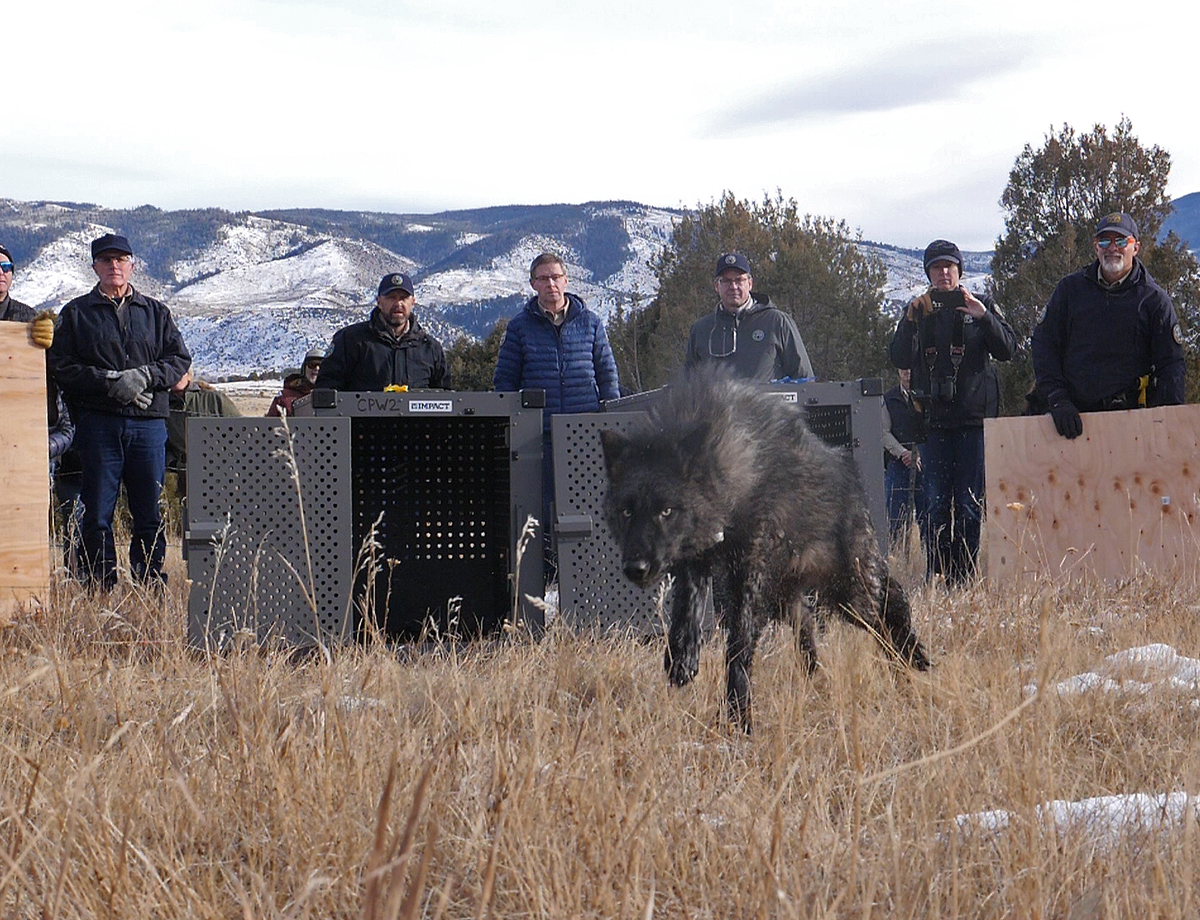Every time you get an e-mail or upload a photo to the internet, that digital information is stored in a place called a data center. These are large buildings that house many powerful computers. And more and more often, they’re being built in Colorado Springs. Wal-mart’s is latest one. But this growing industry comes with a few major caveats: few jobs and sky-high electricity use. Colorado Matters host Ryan Warner speaks about data centers' energy use worldwide with expert Jonathan Koomey. But first, CPR’s Zachary Barr reports from Colorado Springs.
Reporter: If you were a computer, you’d be happy living at FedEx’s new data center. For one, you’d never be ignored. FedEx cannot do business without you. The rows and rows of servers in this room store critical information like customer names, software, and those FedEx tracking numbers.
Sally Wiggins: Each package you have 10 - 15 transactions for every package.
Reporter: That’s Sally Wiggins talking over the never-ending fan noise. She runs this facility.
Wiggins: You have pick-up, you have a delivery, but in between that point you have different stations that may pick that up, you have a different ramp that’s going to scan that package, so everyone of those transactions gets recorded.
Reporter: And all the data are stored on this equipment. Wiggins says even a one-minute interruption in service would cost the company millions. So FedEx doesn’t mess around. There are multiple security checkpoints to get into this room. And dust isn’t welcome.
Wiggins: Can’t have dust. Dust impacts the effectiveness of how the machines run.
Reporter: So the room is kept sparkling clean. These computers run non-stop, emitting a lot of heat. To keep them in tiptop shape, cool air has to be pumped in.
Wiggins: This cold aisle is where the air comes up at a certain temperature. And it cools this equipment that’s in there.
Reporter: While this building cost well over $100 million to build, just a few dozen people work here. It mostly runs itself. But not without a lot of electricity. Once this facility is operating at full capacity, FedEx’s energy bill will be more than $250,000 a month. Perhaps more surprising? FedEx is getting a bargain, according to John Boyd, Jr.
John Boyd, Jr: I mean you’re going to pay almost double that to be in the tri-state area, suburban New York City or Connecticut.
Reporter: Boyd works as a data center location consultant. He says Colorado Springs’ lack of natural disasters, its tech-savvy work force and low taxes make it a top ten location. But the biggest factor? That low-cost electricity.
Boyd: Colorado’s major competition, a lot of it comes from the Pacific Northwest, areas like central Washington that has hydro-electric power. That’s where Microsoft, Yahoo and Intuit have major data center operations.
Reporter: Colorado Springs electricity is a good deal because the city owns its utility, the power plants and the distribution network. City officials say that keeps prices low. Another reason? Those long freight trains of coal coming in from Wyoming.
Most of the city’s power comes from burning coal. Elena Nunez is Colorado Springs Utilities’ business market manager. She says after nailing down the price, prospective data centers want to be certain the electricity will always be on.
Elena Nunez: The questions generally revolve around capacity. Do you have enough energy for us?
Reporter: Companies like Verizon, HP and Progressive have asked this question. And each time, the answer is yes. The utility can simply burn more coal. And that’s what Jane Ard-Smith doesn’t like about data centers. She’s the chair of the Pikes Peak Sierra Club.
Jane Ard-Smith: The problem is greenhouse gases and, of course, the relationship to climate change. But it also has an impact on the health of our community. Coal-fired power plants are asthma producer;, they produce a lot of toxic chemicals that we simply don’t want in our environment.
Reporter: Colorado Springs Utilities generates almost no electricity from wind or solar. Jane Ard-Smith has been lobbying to change that -- with some success. The utility says it’s closing in on its first significant purchase of wind power.
Ard-Smith: I think its terrific, and it’s about time. They’ve made a couple of stabs at it in the past, and I think this is the first time that we’re actually going to see some movement on that.
Reporter: While this new wind power won’t come online for a few years, FedEx says it’s doing its part now. Kurt Eckert is the building’s engineer I spoke to him on the building's roof.
Kurt Eckert: This is one of the most efficient energy data centers -- because of the climate we can do free cooling.
Reporter: Free cooling essentially opens a window to Colorado’s cool and dry climate. That outside air is used to lower the temperature inside.
Eckert: And so it saves all the energy we would use in the chiller.
Reporter: This energy-saving innovation intrigued Wal-mart. Its employees were recently on this same roof checking it out. And apparently, they liked what they saw. A short time later, the world’s largest retailer announced it’s going to build its new corporate data center in Colorado Springs, too. And city officials say the welcome mat is still out for more data centers.
[Photo of servers inside a data center in Houston, Texas: The Planet]









